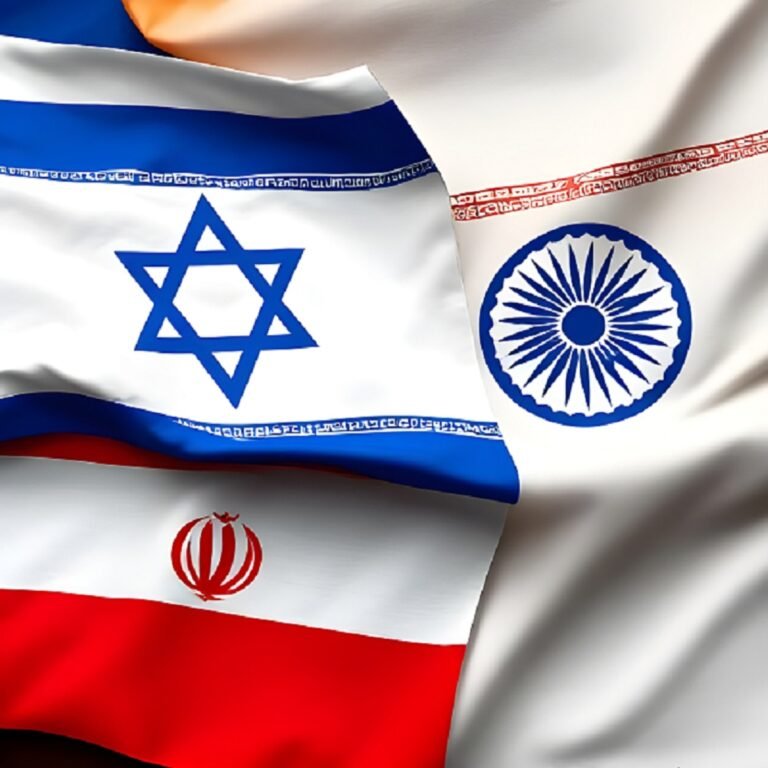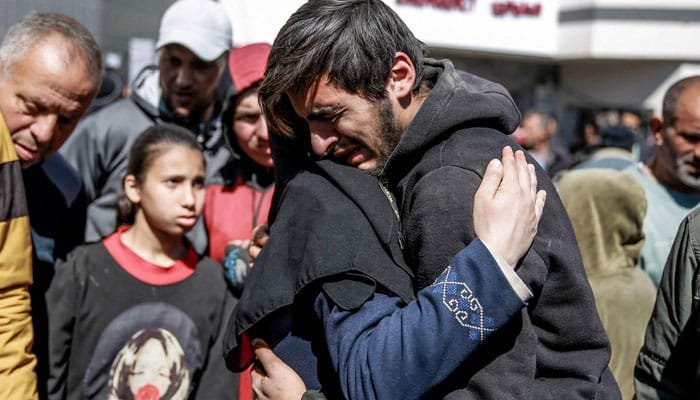Yahya Sinwar: Who is He?
Yahya Sinwar, a prominent figure in the Gaza Strip, serves as the leader of Hamas’s political wing and is considered one of Israel’s most wanted men. With his distinctive snow-white hair and jet-black eyebrows, Sinwar’s presence is as striking as his reputation. His role within Hamas and his alleged involvement in the 7 October 2023 raid into southern Israel, where approximately 1,200 people were killed and more than 200 others kidnapped, have made him a key target for the Israeli Defense Forces (IDF). The IDF has openly declared that Sinwar, along with others, is responsible for the attack, branding him a “dead man walking.”
A Life Shaped by Conflict and Incarceration
Sinwar, 61, was born in the Khan Younis refugee camp in Gaza, a region marked by poverty and strife. His parents were originally from Ashkelon but were displaced during the 1948 Arab-Israeli War, an event Palestinians refer to as “al-Naqba” (the Catastrophe). Sinwar’s early life in the refugee camp, coupled with his education at the Islamic University of Gaza, where he graduated with a degree in Arabic language, set the stage for his involvement with the Muslim Brotherhood and later, Hamas.
Arrested by Israel for the first time in 1982 at the age of 19, Sinwar’s life has been punctuated by long periods of imprisonment. His time in Israeli prisons, which totaled over 22 years, is believed to have further radicalized him. During these years, he established himself as a ruthless leader among Palestinian prisoners, known for his ability to impose discipline and negotiate with prison authorities.
Rise to Power in Hamas
Sinwar’s rise within Hamas was swift and marked by violence. In 1987, at just 25 years old, he founded Hamas’s internal security organization, al-Majd, which became notorious for its brutal enforcement of morality and its ruthless treatment of suspected collaborators with Israel. Sinwar’s reputation for personally carrying out brutal killings earned him both fear and respect within the organization.
His imprisonment did little to diminish his influence. Instead, it solidified his status as a martyr-like figure among Palestinians and within Hamas. After his release in 2011 as part of a prisoner exchange deal, Sinwar returned to Gaza and quickly ascended to a leadership position. By 2017, he was the head of Hamas’s Political Bureau in the Gaza Strip.
More From TNF: Who was Ismail Haniyeh, Hamas political leader killed by Israel in Iran?
The Iran Connection
Sinwar’s ties to Iran have further cemented his position within Hamas. Despite the sectarian differences between Sunni Hamas and Shia Iran, both share a common goal: the destruction of Israel. Iran has provided Hamas with funding, training, and weapons, helping to bolster the group’s military capabilities. Sinwar has publicly acknowledged Iran’s support, crediting it with enabling Hamas to build an arsenal of rockets used to target Israeli towns.
The Search for Sinwar
As Israel intensifies its military campaign in Gaza, Sinwar’s whereabouts remain a mystery. It is believed that he is hiding in tunnels beneath Gaza, avoiding any form of communication that could reveal his location. Israeli officials are determined to capture or kill him, but his disappearance highlights the challenges in targeting leaders of non-state organizations like Hamas.
What Lies Ahead for Gaza?
The future of Gaza remains uncertain as Israel continues its operations to eradicate Hamas. While the death of Sinwar would be a significant symbolic victory for Israel, experts warn that it may not cripple Hamas as an organization. The group is likely to replace Sinwar with another leader, maintaining its structure and continuing its operations.
The broader question facing both Israel and the international community is what will happen to Gaza once the military campaign ends. Who will govern the territory, and can stability be achieved without Gaza becoming a launching pad for future attacks on Israel? These questions loom large as the conflict continues, with no clear resolution in sight.








